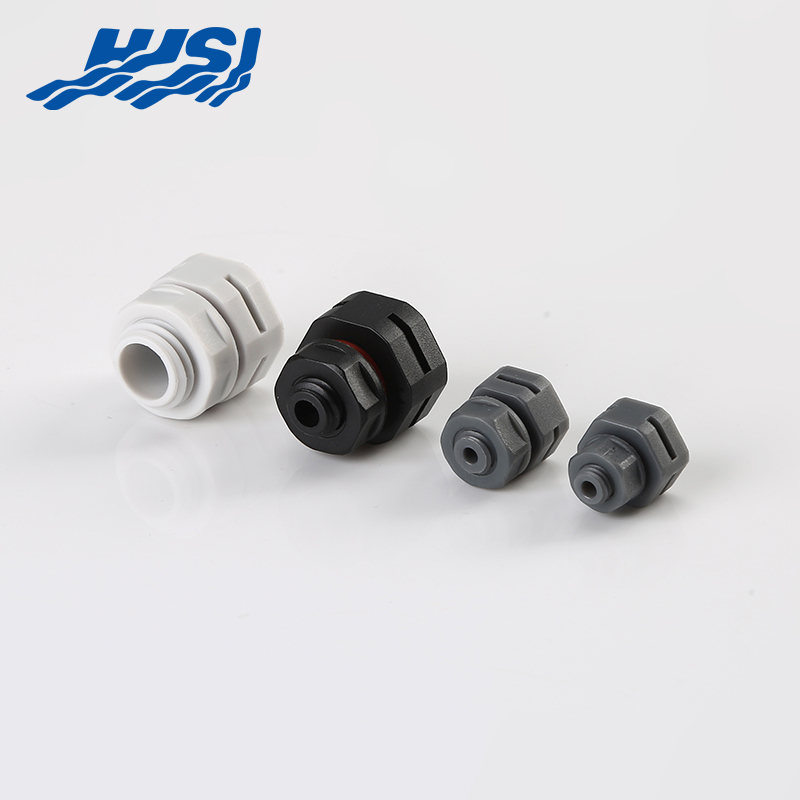In the realm of new energy and energy storage systems, the Waterproof Breathable Valve (WBV) stands as a critical component that ensures the safety, longevity, and efficiency of critical components such as battery packs, power system cabinets, and new energy control modules. The WBV plays a dual role in these applications, mitigating the risks associated with internal pressure increases due to temperature fluctuations while also preventing the ingress of external moisture that could compromise electrical performance.
The Waterproof Breathable Valve is an innovative solution designed to manage pressure and humidity within enclosed systems. It is a small yet significant piece of technology that has a substantial impact on the performance and safety of new energy storage systems. This article delves into the workings of the WBV, its application across various scenarios, the challenges it addresses, and the future trends in its development.
Working Principle of Waterproof Breathable Valves
The Waterproof Breathable Valve operates on a simple yet effective principle. It allows for the controlled exchange of air between the interior and exterior of a system, facilitating pressure equalization without compromising the waterproof integrity of the enclosure. When the internal temperature of a battery pack or power system cabinet rises, gases expand, leading to an increase in pressure. The WBV allows this excess pressure to escape, preventing damage to the enclosure or the components within. Conversely, when the temperature drops, the WBV allows external air to enter, compensating for the reduced internal pressure. This bidirectional flow is facilitated by the valve's microporous membrane, which is waterproof yet breathable, ensuring that no liquid moisture can pass through while allowing water vapor to escape.
Applications of Waterproof Breathable Valves
Battery Packs
Within battery packs, the WBV plays a crucial role in maintaining safe operational conditions. As batteries discharge and charge, they generate heat, which can cause gases to build up, leading to increased internal pressure. The WBV helps to alleviate this pressure by allowing it to escape gradually, preventing the risk of explosion or damage to the battery casing. Furthermore, the WBV's ability to prevent moisture ingress is vital in protecting the electrical components from corrosion and maintaining their performance over time.
Power System Cabinets
In power system cabinets, the WBV is equally significant. These cabinets house sensitive electrical equipment that can be adversely affected by fluctuations in internal pressure and humidity. The WBV ensures that pressure within the cabinet remains stable, preventing the warping or damage of internal components. Additionally, by controlling humidity levels, the WBV helps to prevent condensation, which could lead to short circuits or other electrical issues.

New Energy Control Modules
New energy control modules, which are integral to the operation of renewable energy systems, also benefit from the inclusion of WBVs. These modules are often exposed to varying environmental conditions, and the WBV helps to maintain a stable internal environment. By managing pressure and preventing moisture ingress, the WBV protects the delicate electronics within, ensuring their reliability and longevity.
Technical Challenges
Despite their effectiveness, Waterproof Breathable Valves face several technical challenges. One such challenge is ensuring the durability of the microporous membrane over time, as it must withstand continuous exposure to various environmental conditions. Another challenge is the precise engineering required to balance breathability and waterproofness, ensuring that the valve remains effective without compromising the integrity of the enclosure.
Future Trends
As new energy and energy storage systems continue to evolve, so too will the technology of Waterproof Breathable Valves. We can expect advancements in materials science to lead to more durable and efficient valves, capable of withstanding a wider range of conditions. Additionally, the integration of smart sensors and monitoring systems with WBVs could provide real-time data on internal pressure and humidity levels, allowing for proactive maintenance and improved system performance.
The Waterproof Breathable Valve is an essential component in the safety and efficiency of new energy and energy storage systems. By managing internal pressure and preventing moisture ingress, the WBV plays a pivotal role in protecting battery packs, power system cabinets, and new energy control modules. As technology progresses, we can anticipate further developments in WBV technology, enhancing their performance and contributing to the advancement of sustainable energy solutions.
In conclusion, the Waterproof Breathable Valve is more than just a valve; it is a guardian of safety and reliability in the world of new energy. Its presence is felt in the smooth operation of systems that power our homes, businesses, and the infrastructure that supports our modern lives, making it a key technology for the future of energy storage and management.